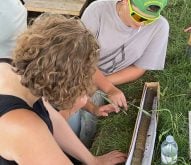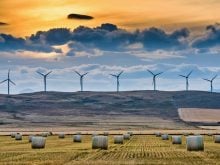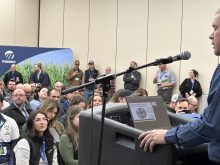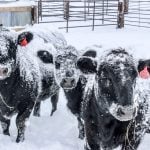The map, “Soil Zones of the Canadian Prairies,” in this article is the fold-out frontispiece of Henry’s Handbook of Soil and Water. The soil zones are actually soil climatic zones. The long-term climate is written in the topsoil of the various soil zones.
The soil zones have been the framework within which agronomic recommendations have been made for decades. However, in recent years, that framework seems to be slipping and does not appear to be a fundamental part of all agronomy programs at some universities and colleges.
Not long ago, I was at an update session where a series of Saskatchewan field experiments at Redvers, Indian Head, Yorkton and Melfort were described as taking place in a range of soil zones because they went from south to north. However, they are all in the Black or Thick Black soil zones. The soil zones run from southwest to northeast. It is as much west to east as it is south to north.
Read Also
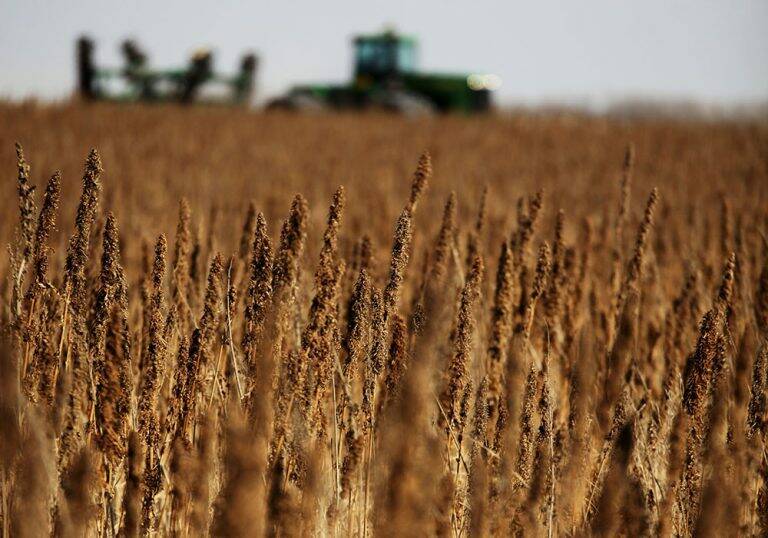
Hemp’s future hinges on honest agronomy, experts say
Years of hype have given way to a more realistic view of hemp. Canadian farmers and processors say its future depends on solid agronomy and honest messaging.
Palliser’s famous triangle
From 1857-60, Captain John Palliser, financed by England, explored the Northwest from the Red River to the Rocky Mountains and from the 49th parallel (now the U.S. border) to about the 52nd parallel. The final reports of the expedition were never formally published and what information was available was hard to get. In 1963, Irene Spry authored The Palliser Expedition: An account of John Palliser’s British North American Expedition 1857-1860. Any reader interested in more detail can easily access Spry’s very good book in paperback.
To make a long story short, Palliser mapped out a triangle that he described as too arid for settlement.

Palliser’s Triangle, as it’s now known, corresponds very closely to what we call the Brown and Dark Brown soil zones. He extended it a bit into southwest Manitoba, but we now consider all of Manitoba to be in the Black and Grey soil zones. When one considers the time it was mapped and the challenges of travel, it is amazing how well Palliser’s famous triangle fits with what we know today.
Wheat growers long enough in the tooth will remember the first wheat farmers group as the Palliser Wheat Growers Association — farmers minding their own business. One of the main thrusts when it was founded in 1970 was to get paid for the higher protein wheat the farmers grew in the moisture-challenged Palliser Triangle.
Later exploration through what is now Saskatchewan and Alberta suggested that Palliser was wrong and the climate was favourable for farming. It turns out both explorations were right for the time the inspections were carried out. Climate cycles, especially precipitation, can change crop outcomes for the better at times.
Back to brown and dark brown soil zones
The period from around 2010 to 2020 brought favourable moisture conditions to much of the Brown and Dark Brown soil zones. The consequent high yields in an area that has good soils and land that can be farmed in large fields has led to highly inflated prices for that land. In the clay belt where I was raised, land prices of $3,400 per acre have become common. But, when the other side of the moisture cycle comes along, it could lead to some disastrous crop economics.
We must face facts. I repeat, the long-term climate cycles are written in the topsoil. No till and continuous cropping combined with good crop rotations has made very good use of extra moisture in the wet years. However, we are not going to make a Brown soil into a Black soil.
In past decades, many questioned why Saskatchewan land prices were so low. It was common to have folks say, “It is the same soil as Alberta and Manitoba, so why are prices so low?” But it is not the same soil. Manitoba does not have any Dark Brown or Brown soils and Alberta irrigates much of the driest Brown soils.
Speaking of Alberta, I just finished reading Building the Canadian West: The Land and Colonization Policies of the Canadian Pacific Railway, by James B. Hedges, a professor of American History at Brown University in Providence, R.I. Irrigation started early in Alberta — it was either irrigate or cows on pasture. In a future column, I’ll tell you all about the details that book reveals.





